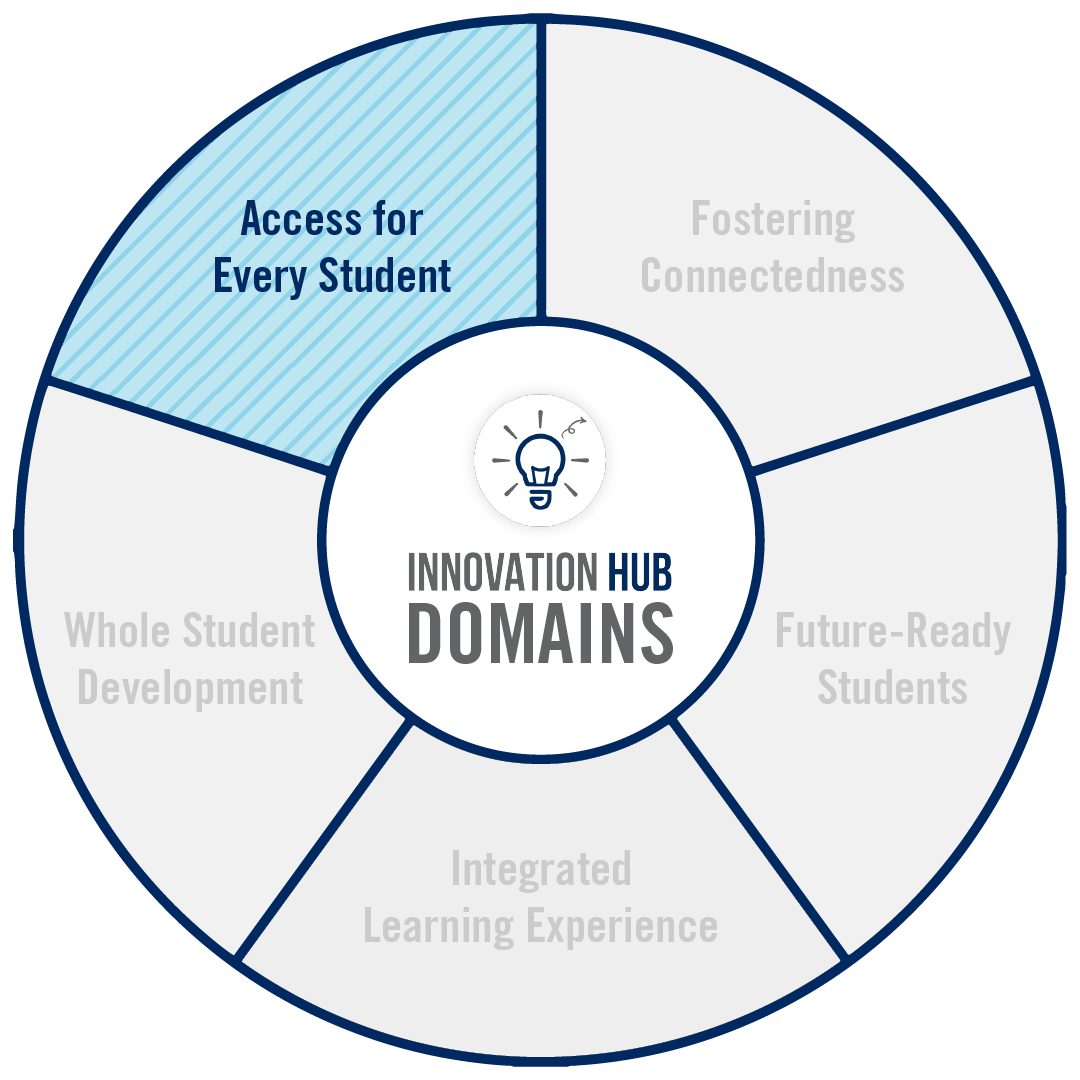In order to create a university that is universally accessible, it is crucial to ensure all areas of the student experience are accessible to every student from the outset of their time at the university to their graduation and beyond.
With a population of over 93,000 students at the university of Toronto, this task is a challenge. It involves considering the experiences of all students, including students with different levels of ability, learning needs, and identified disabilities.
What are students’ diverse needs and how could they be better met at the university of Toronto in order to make it universally accessible?
OUR FINDINGS
Using open-ended questions, we focused on individual experiences of being a student with a disability, along with the barriers and supports that they received. By listening to and learning about these students’ experiences in greater depth, we sought to understand different access needs and how they could be better met such that the university could be made accessible to every student. In other words, how can UofT be designed to be universally accessible?
Centering students with disabilities at the university benefits everyone’s learning. The current barriers that students face in their learning and in seeking accessibility support are rooted in the current university-wide approach. This approach makes accessibility a secondary matter as opposed to building it centrally into university design. We found this key finding in three themes:
- Learning About Diverse Needs
- Learning About Barriers
- Learning About Support
Universal design at UofT aims to center all students, thereby creating an inclusive, accessible, and equitable environment that works with all students.



